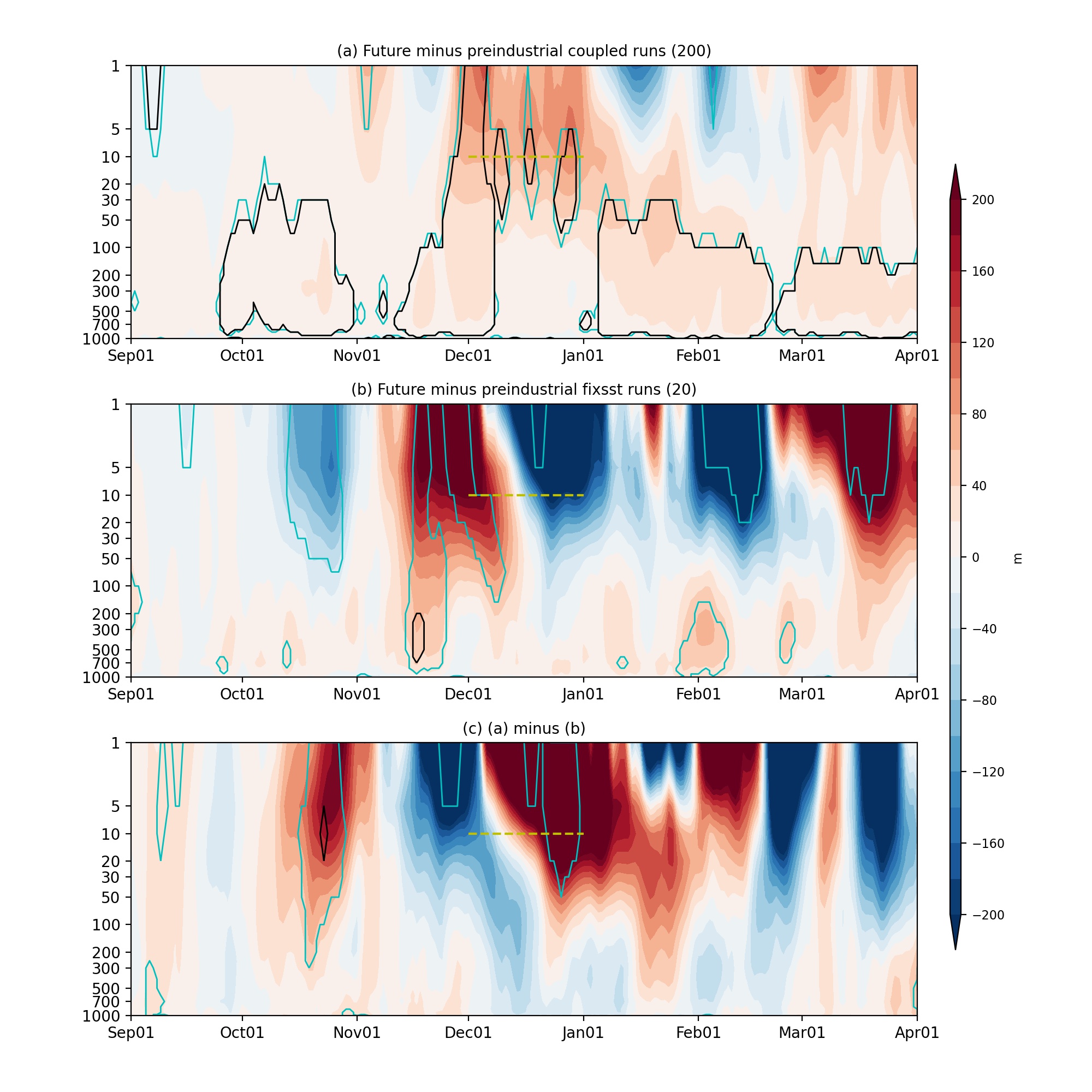Lecture4 - fundamental equation of mechanics#

Second order linear (homogeneous) ODEs#
to find two independent solutions (homogeneous solutions)
general form:
basic method guess and plug in the exponential solution:
we can solve r:
Case1: two real roots (overdamping)#
Example 4
The characteristic equation is
Use initial conditions
Note
Why the solutions are always “damped”? Can you link this result to the value of r?
the plot for possible solutions y(t):

Case2: two equal roots (critical damping)#
So the ODE can be expressed as:
Now we only have one solution:
But we need one more. Let’s try this:
We take another solution and obtain the general solution:
Case 3: complex roots (undamped/underdamped)#
We get the complex solution
Theorem 1
If u+iv is the complex solution to
where A and B are real. Then u and v are real solutions.
Proof. Plug the complex solution into the ODE:
The only way that this equation holds is the real part equal to zero and imaginary part equal to zero. So the linear combination of u and v is the general solution:
So the complex solution is
And the general solution is
Note
How about considering this complex solution
Can we obtain the same general solution? And why?
Example 5
The characteristic equation is
So the complex solution is:
The general solution is therefore:
Use initial conditions
This is a solution underdamped.
Let us now revisit the problem with slightly modification on the coefficients:
The characteristic equation is
if p=0, then there is no damping or called undamped.
if another case
then we call the solution underdamped.
Definition 1
We define the pseudo-frequency as:
So the general solution is
Similarity between electrical and spring-dash pot system#

